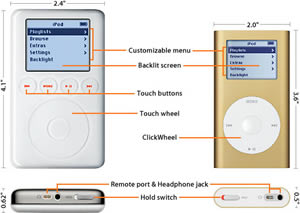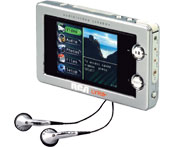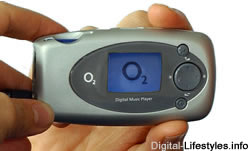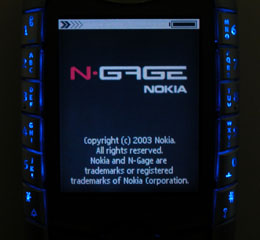The fourth Digital Video Broadcasting World conference was held in Dublin last week – and one of the key topics discussed was the developing standard for broadcasting digital video to hand-held and other mobile devices.
The new standard was only conceived two years ago, and after a couple of name changes (it has previously been known as DVB-M and DVB-X), has been named DVB-H. The standard was accepted by the DVB Technical Module in January and is expected to be submitted to the European Television Standards Institute this year.
As the standard is still so new, there are still some problems to be ironed out, mainly power consumption and some network issues.
DVB-H’s core function is the delivery of digital media to small and portable devices such as mobile phones, but without using mobile phone networks. It has been designed to deliver MPEG-2 streams, but can broadcast any type of data.
The proposed standard addresses five issues with mobile devices: they tend to move about, they have smaller screens, they have smaller antennas, they require indoor coverage and they run on battery power.
DVB-T (the terrestrial standard for digital broadcasting) was not really considered for mobile video as it was designed for use with rooftop antennas and does not have the building penetration required, nor is it very power efficient. In theory it could be used to broadcast to mobile devices but a separate dedicated standard would allow many optimisations, rather than just bolting on functionality to a standard that was never actually designed for mobile use.
DAB was designed for devices with similar location and power demands, but simply does not have the spectrum width to carry the data required.
Another interesting aspect of DVB-H is that it can coexist with DVB-T without disturbing devices using the other stream, such as set-top boxes.
DVB-H uses time-slicing between streams to reduce power consumption, but this saving is more or less lost when the total bit rate for a service is low. It’s designed to carry only IP (Internet Protocol) services, so is obviously constrained by the capabilities of the carrier protocol – but since IP is well understood and supported, and has a rich set of features such as strong encryption, this should not present many problems.
As we said at the beginning, the standard doesn’t use existing mobile networks to deliver content, but we should add that it also needs more masts than conventional broadcasting (though less than cellular coverage, and the masts need not be as large as conventional broadcast masts). It is expected that existing cellular masts will be upgraded to transmit DVB-H signals. However, the cellular network will provide the return path, allowing users to pay for content and receive licenses for their purchases.
Presented at DVB2004 was the Nokia’s 7700 is the first device to support DVB-H through the addition of their Streamer SU-6 accessory. The SU-6 is attached to the 7700 like a battery pack and is just the beginning for devices that will provide new forms of multimedia and entertainment for consumers.
 The
The  Giant media group, Thomson, has announced the launch of a portable multimedia player that has 20Gb of hard drive storage and a built in colour screen which plays videos, show photographs and plays music. Sold in two guises, Europe (THOMSON LYRA Audio/Video Jukebox PDP 2860 – €749, ~£520) and USA (RCA RD2780 – $499.99), it will play back both MPEG-1 & MPEG-4 video and mp3, Windows Media Audio. It can also be upgraded to mp3PRO.
Giant media group, Thomson, has announced the launch of a portable multimedia player that has 20Gb of hard drive storage and a built in colour screen which plays videos, show photographs and plays music. Sold in two guises, Europe (THOMSON LYRA Audio/Video Jukebox PDP 2860 – €749, ~£520) and USA (RCA RD2780 – $499.99), it will play back both MPEG-1 & MPEG-4 video and mp3, Windows Media Audio. It can also be upgraded to mp3PRO. mm02, UK cellular provider, have launched the first European “over the air” music download service.
mm02, UK cellular provider, have launched the first European “over the air” music download service. If true, the impact is far reaching. Games written for the N-Gage will run on any phone running the Symbian operating system and according to Symbian, over 2.68 million handsets were shipped with their OS in the first half of 2003.
If true, the impact is far reaching. Games written for the N-Gage will run on any phone running the Symbian operating system and according to Symbian, over 2.68 million handsets were shipped with their OS in the first half of 2003.